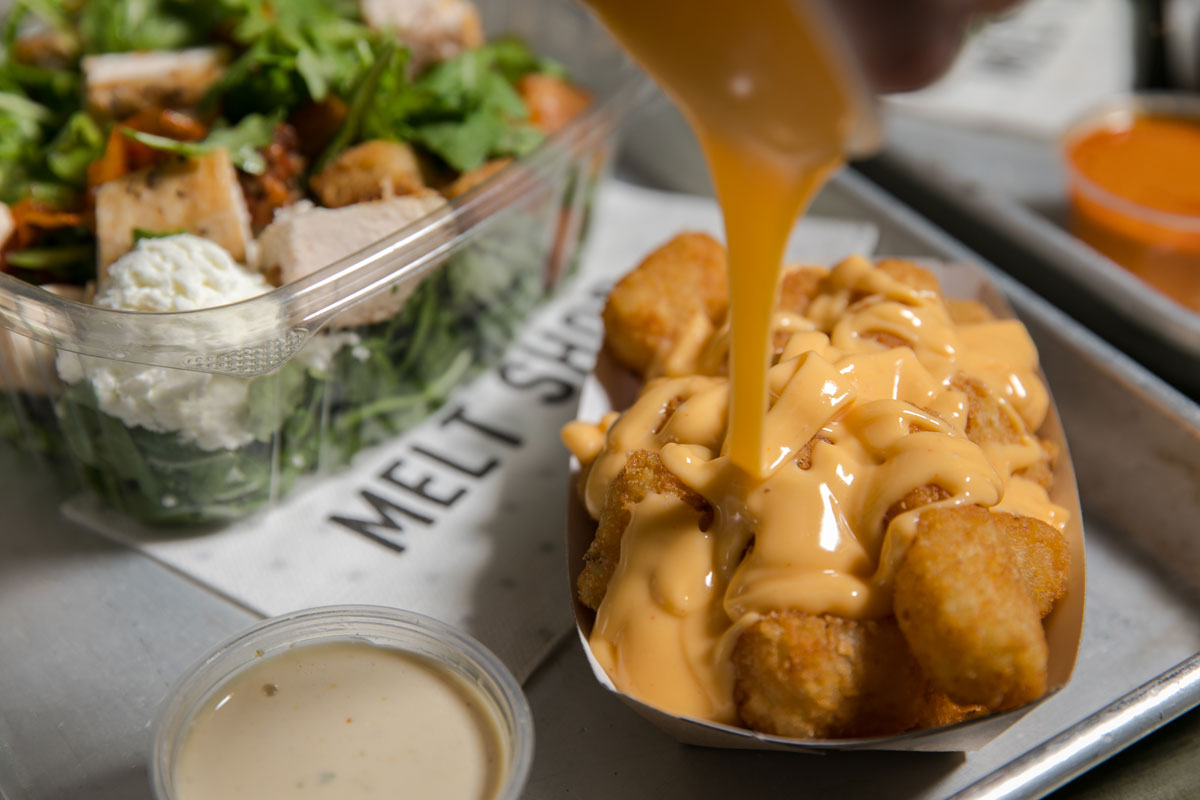One of the more prominent restaurant trends to come out of the 2000s was the rush to mimic Chipotle’s success with the menu-customization model. Even though Subway had perfected this model long before Steve Ells served his first Mission-style burrito, Chipotle earned the credit for launching the DIY menu craze; the fast-casual industry became populated with concepts claiming to be the Chipotle of pizza, the Chipotle of Mediterranean, the Chipotle of sushi, and on and on.
Recently, though, there’s been a rise in fast casual 2.0 brands moving away from customization and toward more signature dishes. Here, three operators explain their approach to menu customization.
Jason Sullivan / Chef, Pei Wei
A signature item allows you to accent or highlight certain ingredients or flavors, where simply adding them to a buffet may not promote trial. Signature items also increase the flexibility and diversity of our menu—where sauces, spices, or other ingredients can be brought in for a single purpose—instead of trying to format an assembly line to accommodate a new item. We can forecast sales more accurately this way, as well.
Guests do have the option of customizing their dish to fit dietary requirements, including substituting quinoa or salad for rice, or adding extra proteins or vegetables. And we are game for any special requests.
While America is getting more and more educated in international cuisines, I think most people are hesitant to curate their own meal with exotic Asian ingredients like we source at Pei Wei. We give guests a suggested “head start” that we know is absolutely delicious, and then they can personalize. For example, we have multiple options to make a dish spicy for a guest: sriracha, Sambal chile paste, crushed chile flakes, chile oil, and whole Thai chile pods.
James Park / CEO, Garbanzo Mediterranean Fresh
The group we have to thank for this is Chipotle. People struggle with how to name it, but I just call it the co-creation model. Put yourself in Chipotle. You can tell me exactly what’s on that first panel. You can also tell me what’s on that second panel. But what you cannot tell me is what’s on that third panel and thereafter. From that point on, people start the co-creation model: “I want this, I want that, I’ll take more of this.” They point.
What I said was, how do I get consumers to look at the second panel and then the third panel? What is it that we do really well in addition to the falafel, the pita, the hummus, and the proteins that we hand-marinate? It’s our scratch-made sauces. I merged panels two and three to create a very big landscape. Now we have people reading virtually every element of our menu.
I don’t want to create a model people aren’t accustomed to, because I don’t want people to come in and work for their lunch. That’s the last thing you want anyone to do. You come to restaurants for one thing: To be happy. Our job is to meet their expectations. So to create a different model? Forget it. That’s not what I wanted to do. The co-creation model where you see what we have in front of you and you choose and create is, I believe, at the very top of people’s expectations when they come in.
Spencer Rubin / Founder & Partner, Melt Shop
Until about two weeks before we opened our first location, we were going to have an entire make-your-own section of our menu. We decided literally in the last minute to pull the plug on it because we just thought, logistically, with the number of different potential options that we could have within our restaurant, it would just create too much chaos in the kitchen. And that was definitely the right decision at the time.
We’ve always left some room for customization. We want people to be happy. Our entire POS system is built with the ability to modify basically anything or build a sandwich from scratch. But because we don’t promote it, it’s not something that tons of people ask for.
Each sandwich on our menu went through rigorous R&D. We put so much time into each sauce, each topping, and combined those ingredients so they made the perfect dish. I’m a huge believer in the non-customization route because I know that a lot of time goes into each dish, and I have to imagine that someone is going to make a dish better for me than if I make it on my own.
Customers trust us. They know our fried chicken sandwich is going to be delicious. They don’t have to think. And I think that creates a better guest experience. Sometimes it can be really overwhelming when there are so many options, and you stand there like a deer in the headlights.












